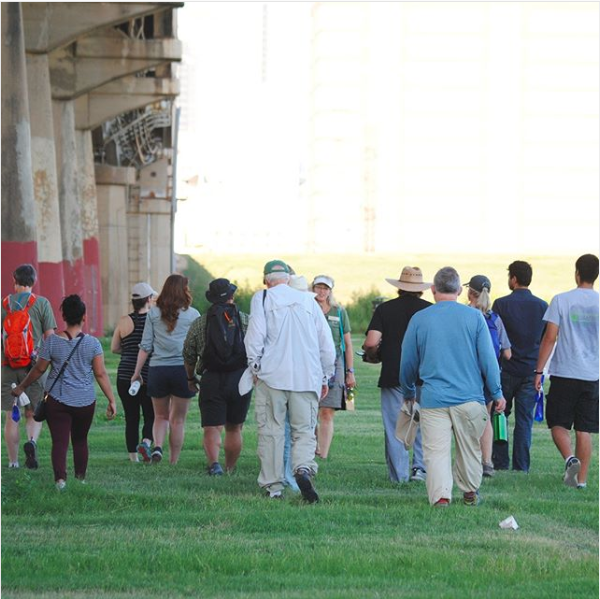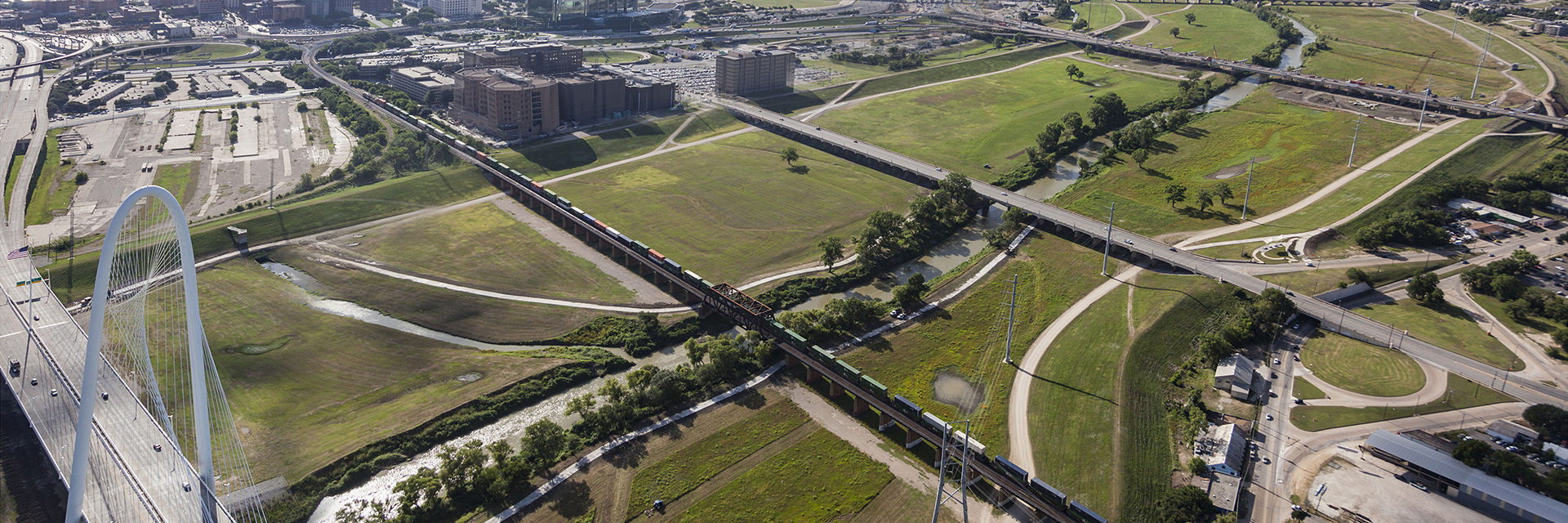Equitable Development Plan & Real Estate Impact Study for Harold Simmons Park
The Trinity Park Conservancy is proactively linking park investment with community development to address systemic inequities in the neighborhoods around the new Harold Simmons Park.
Challenge
In 2016, the Trinity Park Conservancy received a generous gift to facilitate the creation of a 200-acre park, the first of a chain of parks within the 11,000-acre Trinity River floodway. Harold Simmons Park will connect three distinct neighborhoods – Downtown Dallas, West Dallas, and Oak Cliff – a microcosm of Dallas’ extreme racial and income segregation. Development of the park is expected to catalyze real estate and neighborhood investment along the Trinity River. The Conservancy is committed to creating a park that faces the challenges head on of creating a stronger, more just city. To facilitate equitable development of the park and local neighborhoods, the Conservancy engaged HR&A to recommend implementable strategies to leverage the $150M park investment to benefit the diversity of neighboring communities and create a model for equitable park and infrastructure development.
Solution
HR&A created an Equitable Development Plan (EDP) that provides the Conservancy with a detailed toolkit of policies, advocacy efforts, initiatives, and partnerships to achieve the organization’s equitable development vision. First, HR&A conducted real estate market, demographic, and socioeconomic analysis to understand the neighborhood context and consulted with local stakeholders, community members, and national experts to identify core risk factors (e.g. displacement of existing residents, loss of cultural heritage, perpetuated racial and socioeconomic segregation) and opportunities to be addressed in the EDP.
By evaluating the successes and failures of past efforts and the unique context of Harold Simmons Park, HR&A developed an Equity Toolkit that provides discrete tactics to prevent involuntary displacement, facilitate the creation of opportunity neighborhoods, protect cultural heritage, promote wealth creating and community ownership, and establish equitable policies and practices within the Conservancy for park management and operations. Finally, HR&A prepared an action plan to guide implementation of the EDP, detailing roles and responsibilities for Conservancy, the City, and private partners. Implementation of the EDP will require adding responsibilities within the Conservancy and growing capacity among community and implementation partners, and actions today to position the project for success.
In addition to the EDP, HR&A conducted a real estate impact study for Harold Simmons Park. HR&A’s analysis projected that the $150 M park investment will generate approximately $3.5 B in net-new real estate value, and $1.2 B in net-new property tax revenues between 2020 and 2050. These projected values accounted for a reduced market value assuming tradeoffs are made between maximizing real estate value and uplifting equity, inclusion, and community development consistent with the EDP.
IMPACT
The Conservancy has begun implementation of the EDP, including advocacy for policy changes and internal capacity building. The plan will inform the organization’s forthcoming programming plan, public sector engagement, and investment strategy in advance of a groundbreaking in 2020 or 2021.

